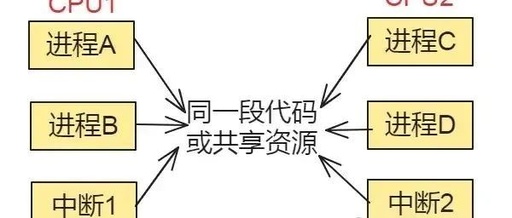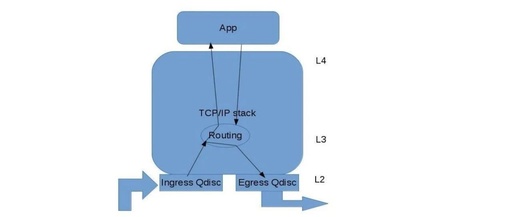Linux Kernel Synchronization Mechanisms: Unlocking the Secrets of Concurrent Programming
In today’s digital age, multi-core processors have become standard in computer systems, from our everyday office computers to the massive server clusters in data centers. This hardware advancement allows computer systems to handle multiple tasks simultaneously, greatly enhancing computational efficiency. Just like a busy traffic hub with multiple lanes, vehicles move back and forth, seemingly … Read more









